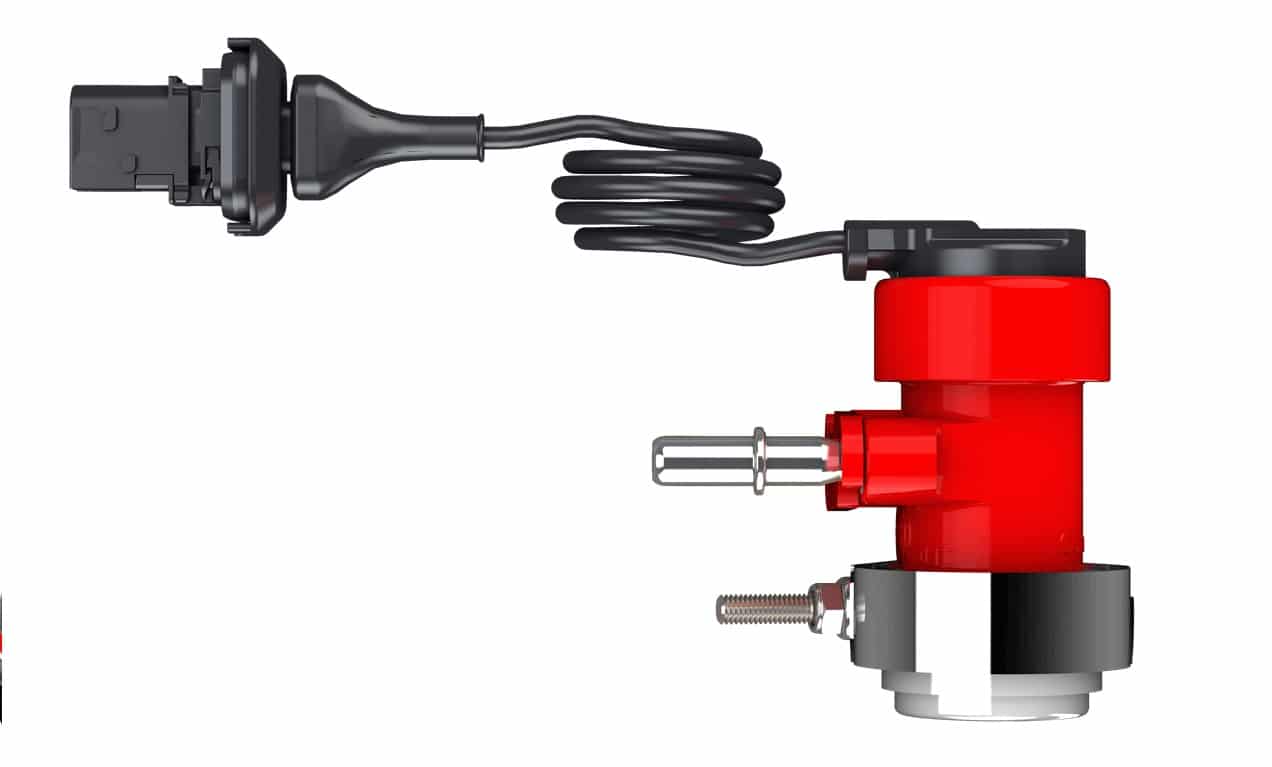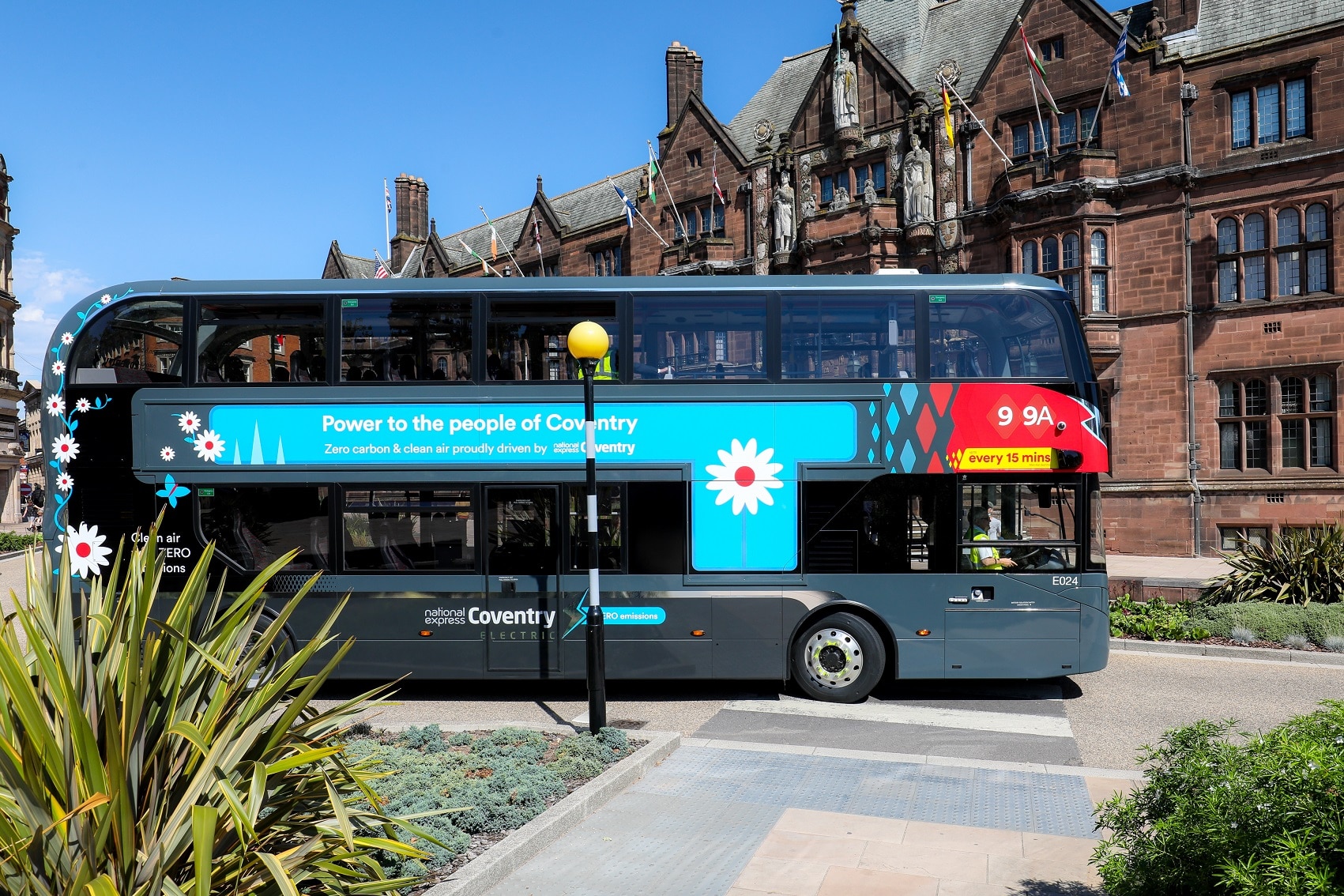While zero-emission is the ultimate endgame for the coach and bus industry, those power sources have a long way to go before they capture all operating scenarios. Diesel thus still has a future, and Cummins Emission Solutions believes that its AdBlue dual dosing technology could help future engines to become even cleaner and more efficient than those of today.
AdBlue is used with a selective catalytic reduction (SCR) catalyst to reduces NOx emissions. It is added to the exhaust stream via a dosing unit. A dual dosing strategy permits that introduction to take place at two separate locations. One is much closer to the engine than under the standard single-dosing process. In the latter case, the AdBlue dosing unit and the SCR catalyst are located at the end of the exhaust run, downstream of the diesel particulate filter (DPF) and where the gas is at its coolest.
Upstream of the DPF is where exhaust gas is at its hottest. A high temperature is key to NOx reduction. Transferring some SCR volume to ahead of the DPF enables the catalyst there to operate at its most efficient. That in turn influences the engine’s combustion recipe, permitting more fuel-efficient operation under low load conditions.
Cummins Dual dosing helps thermal management
Moving some NOx reduction closer to the engine helps thermal management, says Cummins Emission Solutions Technical Lead Matthew Henry. That can mitigate the need with a single dosing system to force the engine to run in a less efficient mode at times of low load.

Matthew adds that in applications where the engine spends a higher proportion of its time under those conditions, keeping sufficient heat in a SCR catalyst in a single-dosing application can be challenging.
Operating the engine in a less efficient manner solely to generate enough heat in the exhaust occurs under such circumstances.
With that in mind, the obvious question is why only some of the SCR volume would be moved ahead of the DPF. The reasons are complicated, says Matthew. But in simplified terms, a NOx flow through the DPF is desirable because NOx helps to keep the filter clean.
An engine manufacturer adopting Cummins’ dual dosing technology “would not want to move all [of the SCR volume] upstream [of the DPF] because that would lose the cleaning effect of the NOx moving over the filter,” he adds. “But if some of it is moved, the first portion of the SCR catalyst can be located much closer to the engine and it will come up to temperature much more quickly.”
Cummins’ approach allows both dosing units to function simultaneously or for only one to be in use, depending on what is most appropriate. However, Matthew notes that how that would be configured would depend on how the technology was integrated by the engine OEM.
Cummins dual dosing: Part of the route to Euro VII?
The specifics of Euro VII and the timing of its introduction are not yet known. But it is understood that Euro VII will drive a further reduction in NOx emissions and a greater focus on compliance with limits in ‘real world’ scenarios.

Achieving NOx emissions under very difficult conditions that match those generated in a test cell under more favourable circumstances could form part of Euro VII. A dual AdBlue dosing strategy would be an effective way to do that.
Forthcoming CO2 reduction expectations would be helped by the more efficient combustion recipe that dual dosing can enable, delivering a direct benefit for fuel consumption.
Where thermal management of the SCR catalyst is handled by using a less efficient strategy, it could be difficult for those CO2 reduction requirements to be satisfied.
Scania has already incorporated the Cummins dual dosing approach into its latest-generation V8 engines. Cummins says that one challenge with dual dosing is that the upstream dosing unit sees a different vibration profile owing to its positioning close to the engine.
Approach is relevant to urban and longer-distance applications
While Cummins cannot yet reveal the precise strategy for its own Euro VII engines, Matthew says that the dual dosing approach forms part of its investigatory work. Such an approach would give a greater fuel efficiency benefit on stop-start work such as urban bus applications, although he notes that a gain would still be had on higher-speed duties that mostly involve steady-state running, such as a coach driving on a motorway.
“With a reasonable engine load, a single dosing application will give very high levels of NOx reduction of typically over 95%. But even those vehicles have a cold start element. Everything is cold soaked and there is a lot of thermal mass to be heated.” Under such circumstances it can take “quite some time” for the single-dose SCR unit to reach a satisfactory temperature.
“And even a coach is going to come into urban environments where it is faced with stop-start traffic. Dual dosing would be an enabling technology for NOx reduction under those conditions,” he continues. Evidently, there is scope to further clean diesel yet.



























